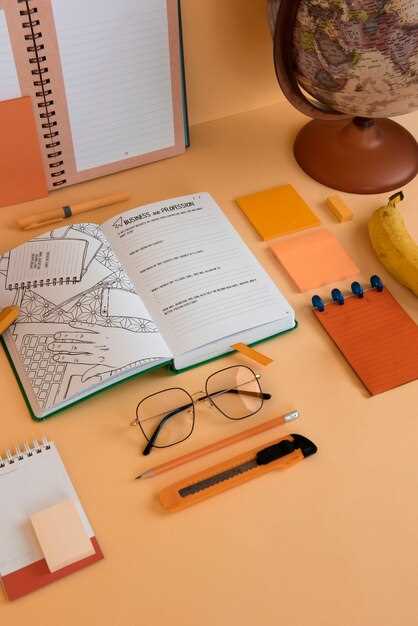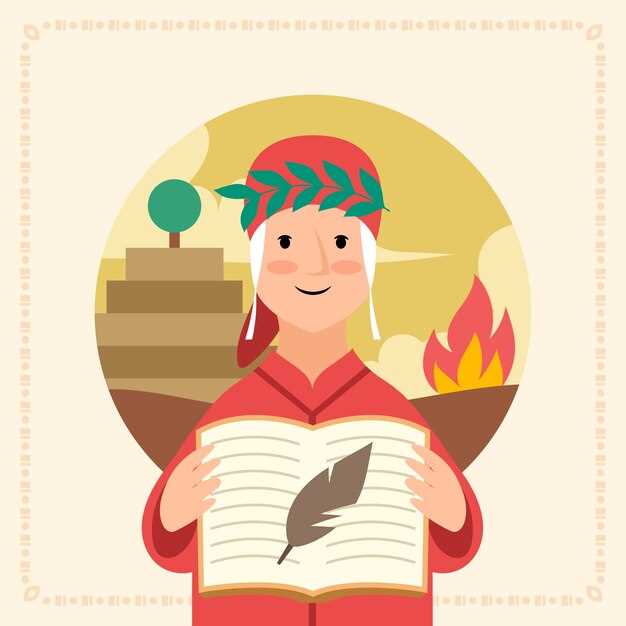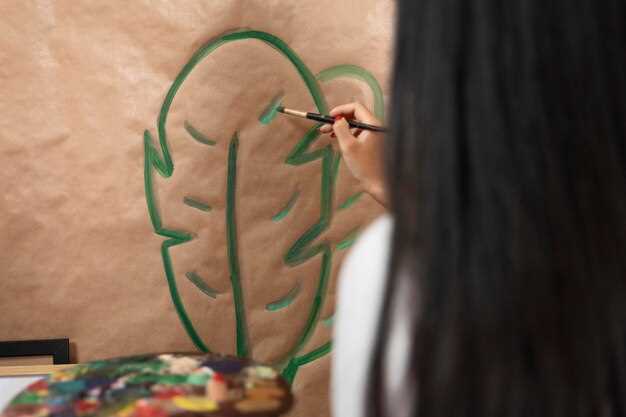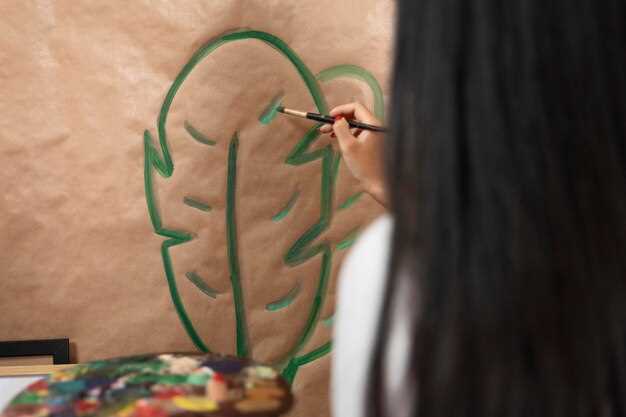Incorporate Indigenous knowledge systems into curriculum design to create a meaningful educational experience. This approach not only validates students’ backgrounds but also enriches the learning environment for everyone involved.
Integrating local languages, stories, and traditions into lesson plans enhances cultural relevance. Encourage learners to share their experiences, fostering a sense of belonging and pride in their heritage. This practice builds connections among students, teachers, and the curriculum, leading to a more engaging classroom atmosphere.
Utilize teaching methods that reflect Indigenous ways of knowing. Hands-on activities, storytelling, and community involvement can replace traditional lecture formats. Collaborate with local Indigenous leaders and educators to ensure the curriculum aligns with cultural values and perspectives. Such partnerships strengthen the learning experience and contribute to community empowerment.
Assess students not solely based on standardized tests but also through projects and presentations that showcase their understanding of the material. Creating a space for dialogue and reflection encourages critical thinking and develops respect for diverse viewpoints. This holistic approach nurtures a well-rounded education while celebrating Indigenous cultures.
Identifying Indigenous Learning Needs in Curriculum Development

Conduct thorough assessments through community engagement. Collaborate with Indigenous leaders and educators to gather insights into local cultures, languages, and histories. Utilize surveys and interviews to identify specific learning preferences and cultural practices that should shape curriculum content.
Promote hands-on learning experiences that reflect Indigenous knowledge systems. Incorporate traditional practices, storytelling, and land-based education into lesson plans. This approach deepens understanding of both the content and cultural relevance.
Integrate interdisciplinary methods that honor Indigenous perspectives. Consider how subjects like science, art, and history can connect through Indigenous viewpoints. This fosters holistic learning and showcases the interconnectedness of knowledge.
Evaluate existing materials for cultural sensitivity and accuracy. Ensure that resources reflect the diverse narratives within Indigenous cultures. Remove any stereotypes or biases to create a respectful learning environment.
Encourage the inclusion of multiple languages in the curriculum. Support bilingual education where Indigenous languages are taught alongside dominant languages. This fosters linguistic diversity and cultural pride.
Develop mentorship programs that connect Indigenous students with role models from their communities. This creates pathways for success and strengthens cultural identity while promoting academic achievement.
Implement ongoing professional development for educators. Focus on cultural competency training to ensure teachers understand Indigenous histories and current issues. This enhances the educational experience for Indigenous students.
Regularly review and adjust the curriculum based on student feedback and evolving community needs. Create a feedback loop that allows Indigenous learners to voice their opinions, ensuring the curriculum remains relevant and meaningful.
Engaging with Indigenous Communities for Input and Feedback

Involve Indigenous community members directly in curriculum development. Organize workshops and focus groups where community voices can guide the process. Schedule regular meetings to ensure ongoing dialogue, allowing for deeper understanding of cultural values and educational needs.
Utilize local knowledge keepers and cultural experts as co-facilitators during these sessions. Their insights can illuminate traditional teaching methods and community expectations. Encourage storytelling as a method of sharing knowledge, which can provide rich context for curriculum topics.
Create surveys tailored to gather specific feedback on proposed curriculum elements. Distribute these surveys through local channels, ensuring accessibility for all community members. Analyze the results collaboratively, inviting participants to discuss the implications of their input.
Establish a feedback loop, where community contributions directly influence curriculum adjustments. Share revisions with Indigenous stakeholders to demonstrate how their input has shaped the educational material. This transparency builds trust and a sense of ownership.
Recognize the unique languages and dialects of Indigenous communities. Incorporate bilingual materials where possible, reflecting the linguistic diversity and affirming cultural identity within the curriculum.
Offer training for educators to understand Indigenous perspectives and cultural competencies. Empower teachers to incorporate Indigenous knowledge into various subjects rather than treating it as an add-on. This fosters an inclusive learning environment that honors Indigenous ways of knowing.
Build long-term partnerships with local Indigenous organizations. These connections can facilitate resource sharing, cultural events, and continuous professional development for educators, ensuring a dynamic and contextually relevant curriculum.
Integrating Traditional Knowledge into Educational Frameworks

Incorporate traditional knowledge by collaborating with Indigenous elders and community members to co-develop curricula. Recognize local customs, languages, and practices as valuable components of education. Ensure that these perspectives enhance students’ cultural identity and connection to their community.
Strategies for Integration
1. Curriculum Development: Create modules that incorporate Indigenous stories, history, and environmental practices. Align these with existing educational standards to maintain academic rigor while honoring cultural relevance.
2. Pedagogical Practices: Utilize storytelling and experiential learning methods drawn from Indigenous traditions. This approach engages students actively and allows them to connect with material on a personal level.
Collaborative Partnerships
Foster relationships with Indigenous organizations for resource sharing. Involve community members in teaching roles and invite them to contribute to collaborative projects. Promote exchange programs that enhance mutual understanding and respect.
| Strategies | Actions | Expected Outcomes |
|---|---|---|
| Curriculum Development | Integrate Indigenous knowledge and practices into lesson plans. | Enhanced cultural relevance and student engagement. |
| Pedagogical Practices | Implement storytelling and hands-on learning experiences. | Deeper understanding of content and stronger connections to culture. |
| Collaborative Partnerships | Engage local Indigenous communities in educational initiatives. | Broader perspectives and shared cultural exchanges. |
Make these strategies adaptable to suit various learning environments. Regularly assess the impact of traditional knowledge integration to optimize educational outcomes and promote cultural pride among students.
Creating Culturally Relevant Assessment Methods

Incorporate local languages into assessments. Design tests and assignments that allow indigenous students to express their knowledge using their native dialects. This approach not only validates their linguistic heritage but also enhances comprehension and communication.
Utilize Community Knowledge
Engage community members to contribute to assessment content. Collaborate with tribal elders or cultural leaders to ensure that assessments reflect indigenous philosophies and teachings. This connection deepens the relevance of learning materials.
- Invite local experts to develop questions based on indigenous stories, traditions, or practices.
- Conduct focus groups with students and families to gather insights on culturally significant topics.
Dynamic and Varied Assessment Formats
Design assessments that go beyond traditional tests. Integrate multiple formats that accommodate different learning styles and cultural backgrounds.
- Use project-based assessments that allow students to create presentations or artifacts showcasing their understanding.
- Incorporate oral assessments that recognize the importance of verbal storytelling in indigenous cultures.
- Implement group assessments to foster collaboration and community, reflecting the collective nature of many indigenous cultures.
Regularly review and adapt assessments to incorporate feedback from students and the community. This iterative approach ensures that assessment methods remain culturally relevant and meaningful.
Utilizing Indigenous Languages in Curriculum Design
Integrate Indigenous languages as a core component of the curriculum. Start by involving language speakers in the curriculum development process to ensure authenticity and relevance. This approach builds trust and enriches the educational experience for all learners.
Incorporating Language Instruction
Offer language classes alongside standard subjects. Provide resources, such as textbooks and digital materials, in the Indigenous language. Encourage collaborative projects between language instructors and subject-area teachers to develop bilingual learning activities that engage students.
Valuing Cultural Context
Connect language lessons to cultural narratives and practices. For instance, use traditional stories and songs that highlight key cultural values or historical events. This not only teaches the language but also deepens comprehension of cultural identity and heritage.
Assess language acquisition through creative methods like storytelling, performance, or community presentations. This hands-on approach helps students apply their language skills in meaningful contexts, reinforcing both language and cultural understanding.
Engaging families and community members can enhance the learning experience. Organize workshops or events where community members share language and cultural practices, ensuring that Indigenous languages remain a living part of the educational experience.
Addressing Historical Contexts and Their Impact on Learning
Integrate local history into the curriculum to make learning relevant and relatable for Indigenous learners. Analyze specific historical events that shaped the community’s identity, such as treaties, land dispossession, and assimilation policies. By exploring these topics, educators can connect textbook knowledge with students’ lived experiences.
Utilize storytelling as a method to convey historical contexts. Indigenous cultures often rely on oral traditions to share their history. Encourage students to tell their stories or record elders’ narratives, fostering engagement and deepening understanding. This practice not only preserves cultural heritage but also enhances students’ communication and critical thinking skills.
Incorporate a multidisciplinary approach. Combine history with arts and sciences, weaving cultural perspectives into subjects like environmental science by discussing traditional ecological knowledge. This integration cultivates a holistic understanding of Indigenous realities and their historical significance.
Engage with community resources. Collaborate with local Indigenous organizations to access primary sources, historical documents, and artifacts. Organize field trips to historical sites that hold cultural importance, allowing students to experience their heritage firsthand.
Evaluate learning outcomes through culturally relevant assessments. Design projects that allow students to express their understanding of historical contexts through mediums they resonate with, whether it be art, music, or technology. This flexibility acknowledges diverse learning styles and cultural expressions.
| Historical Aspect | Impact on Learning | Integration Strategy |
|---|---|---|
| Treaty Rights | Understanding governance and self-determination | Guest speakers from local tribes to discuss treaties |
| Colonization Effects | Awareness of historical injustices | Group projects on the repercussions of colonization |
| Cultural Revitalization | Strengthening identity and community bonds | Support local cultural events and activities |
Promote reflection on historical contexts throughout the academic year. Encourage students to think critically about how past events shape contemporary society. Discussions should involve exploring personal and collective responsibilities in addressing historical injustices.
Lastly, continually adapt the curriculum based on feedback from Indigenous communities. Building relationships with these communities strengthens trust and creates a more inclusive learning environment. Active involvement of Indigenous voices ensures that the educational content remains relevant and respectful.
Developing Teacher Training for Indigenous-Centric Education
Integrate Indigenous knowledge systems into teacher training programs from the outset. Encourage educational institutions to develop curriculum components that highlight local cultures, languages, and traditions. Include modules focused on Indigenous pedagogies that promote storytelling, experiential learning, and land-based education.
Collaborative Training Initiatives
Form partnerships with Indigenous communities to co-create training workshops. Involve community elders and cultural leaders to share their insights and practices. This collaboration ensures teacher trainees gain authentic perspectives and develop cultural competency, allowing them to build trust and rapport with Indigenous students.
Continuous Professional Development
Implement ongoing professional development opportunities tailored for teachers working with Indigenous learners. Offer refresher courses that focus on evolving cultural contexts and emerging pedagogical strategies. Encourage peer-to-peer learning by establishing networks for educators to share experiences and resources, creating a supportive community dedicated to Indigenous education.
Facilitate regular feedback sessions where teachers can discuss challenges and successes in the classroom. Incorporate these insights into training updates, ensuring relevance and responsiveness to the needs of both educators and Indigenous communities.
Lastly, prioritize reflective practices in teacher training. Encourage educators to analyze their teaching methods and cultural approaches critically, fostering an environment of continuous improvement and growth in Indigenous-centric education.
Evaluating the Impact of Culturally Inclusive Curricula
Collect data from student performance, attendance, and engagement metrics before implementing culturally inclusive courses. Compare these metrics with post-implementation results to assess changes in academic outcomes.
Utilize surveys and interviews to gather feedback directly from students, parents, and teachers. These qualitative insights provide a deeper understanding of the curriculum’s effectiveness and its reception within the community.
Establish partnerships with local Indigenous organizations to ensure cultural perspectives are accurately represented and to facilitate ongoing evaluation. Regularly review the curriculum in collaboration with Indigenous elders and community leaders to stay relevant and aligned with cultural values.
Monitor student participation in culturally relevant activities and how these experiences enhance their connection to their heritage. Track attendance at cultural events connected to the curriculum as a measure of engagement.
Implement formative assessments that focus on cultural knowledge, critical thinking about social issues, and connections to Indigenous perspectives. Analyze these assessments for trends in student understanding and engagement over time.
- Analyze standardized test results specific to Indigenous students before and after curriculum changes.
- Identify gaps in knowledge and skills, and adjust the curriculum accordingly to address these issues.
- Recognize which teaching methods resonate best with learners through trial and error, allowing for iterative adjustments of curriculum components.
Promote peer-to-peer learning opportunities that highlight Indigenous stories and experiences. Observing how students engage with one another can reveal valuable insights into the curriculum’s effectiveness.
Facilitate a feedback loop by encouraging students to reflect on how culturally inclusive curricula impact their identities and learning experiences. Use this reflective feedback to prepare annual reports that highlight achievements and areas for improvement.
Evaluate broader societal impacts, including how students apply their learning in diverse contexts beyond the classroom. Tracking graduates and their contributions to their communities can provide significant insights into the long-term effects of culturally inclusive curricula.
Video:
Indigenous Teacher Perspective
Indigenous Teacher Perspective by National Centre for Collaboration in Indigenous Education 236 views 5 years ago 13 minutes, 33 seconds
Q&A:
How can curriculum design better reflect indigenous cultures and perspectives?
Curriculum design can better reflect indigenous cultures by integrating local histories, languages, and traditional knowledge into the educational framework. Involving indigenous community members in the development process ensures that the content is relevant and respectful of cultural practices. Additionally, incorporating storytelling methods and experiential learning opportunities can enrich the learning experience, allowing students to connect with their heritage on a deeper level.
What are the challenges faced in implementing an indigenous-focused curriculum?
There are several challenges in implementing an indigenous-focused curriculum. One major issue is a lack of resources or training for teachers on how to effectively integrate indigenous content into their lessons. Additionally, there may be resistance from some educational institutions to change existing curricula that may not include indigenous perspectives. Furthermore, ensuring that the curriculum is adequately supported by both educators and institutions can require significant effort and collaboration.
How does an indigenous-centered curriculum benefit all students, not just indigenous learners?
An indigenous-centered curriculum benefits all students by promoting diversity and a broader understanding of different cultures. It fosters an inclusive learning environment that encourages respect and appreciation for varied perspectives. This approach also enhances critical thinking and empathy among students as they learn about the complexities and histories of indigenous peoples. By providing a more holistic view of society, it prepares students to operate in a multicultural world.
What role do indigenous communities play in curriculum design?
Indigenous communities play a crucial role in curriculum design by providing insights into their cultural practices, values, and knowledge systems. Their involvement ensures that the educational content is accurate and meaningful, reflecting the true essence of their heritage. Engaging with these communities also helps build trust and promotes collaboration between educators and indigenous peoples, which can lead to more effective teaching strategies that honor indigenous ways of knowing.
